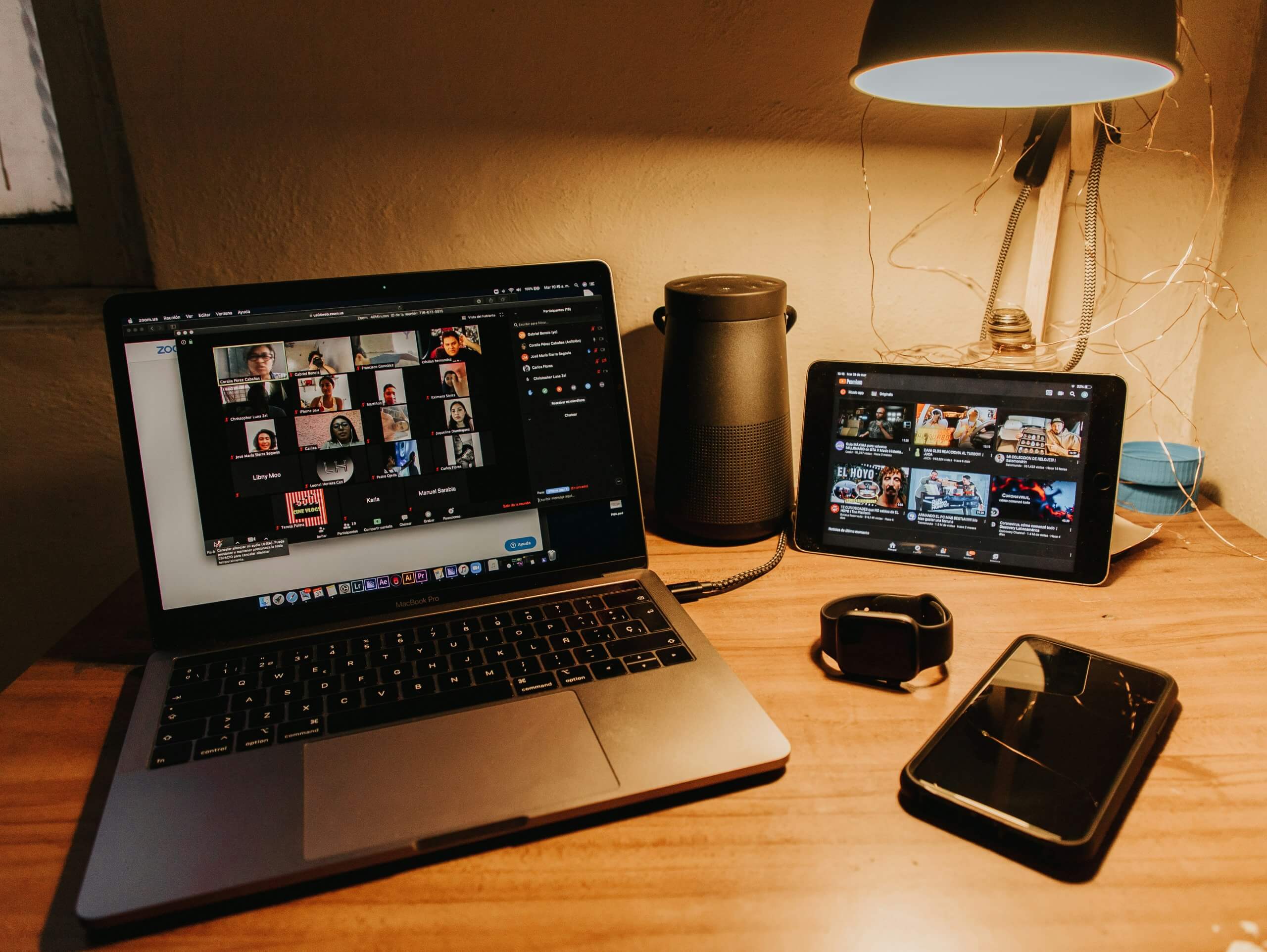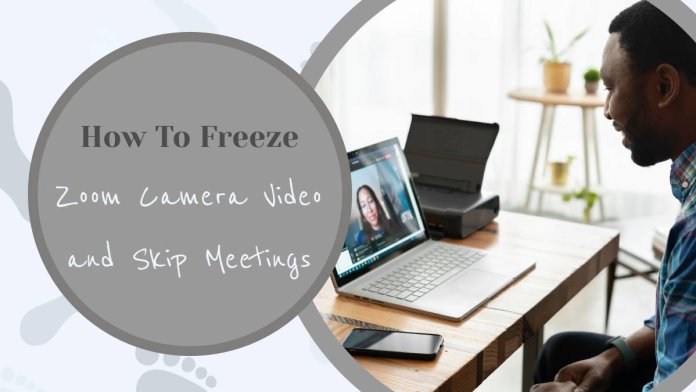Are you tired of endless Zoom meetings that seem to drag on forever? Do you find yourself yearning for a way to hit pause on the virtual chaos and take a breather? Well, what if I told you there’s a sneaky little trick that allows you to freeze your Zoom camera video and sneak away from those mind-numbing conference calls without anyone even noticing? Yes, you read that right – imagine having the power to press pause on your obligations and slip away unnoticed while everyone else continues their online chatter. Intrigued? Read on as we unveil the secrets of freezing your Zoom camera video and reclaiming your precious time in this modern era of digital overload.
Why freezing the Zoom camera video?
Freezing the Zoom camera video can be a strategic move in certain situations. Imagine you’re in a lengthy virtual meeting and suddenly need to step away to tend to an urgent matter. Freezing your video allows you to briefly disengage while maintaining a professional appearance on screen. This subtle trick can buy you some time without drawing unnecessary attention or disrupting the flow of the meeting.
Moreover, freezing the Zoom camera video can also come in handy for minimizing distractions. In a chaotic home environment, unexpected noises or movements might disrupt your video feed and pull focus away from your contributions. By freezing your video strategically when not speaking, you ensure that other participants remain focused on what truly matters – your valuable insights and ideas. This simple yet effective technique helps streamline communication and maintain a polished image during virtual interactions.

Steps to freeze your video
Step 1: Prioritize Visual Composition. Before freezing your video, ensure your camera angle and framing are on point. A well-composed shot not only looks more professional but also enhances the impact of a frozen frame. Consider factors like lighting, background, and distance from the camera to create a visually appealing setup.
Step 2: Timing is Key. To freeze a moment effectively in your video, pay attention to timing. Anticipate the action or expression you want to capture and be ready to hit the pause button at just the right moment. Experiment with different timing strategies, such as pausing mid-action or during key emotional beats, to add depth and intrigue to your frozen frames.
Step 3: Embrace Creativity with Editing Tools. Once you’ve captured your desired frozen moments, explore editing tools to enhance the visual impact further. Experiment with effects like slow-motion playback or stylized filters to elevate the mood and aesthetic of your frozen frames. Don’t be afraid to think outside the box and push the boundaries of traditional video editing techniques for truly captivating results.
Tips for avoiding meetings
Meetings have a way of sneaking up on us when we least expect it. Whether you’re working remotely or in an office, the constant barrage of meetings can be draining and unproductive. So, how can you avoid these time-wasters and reclaim your day? Here are four tips to help you steer clear of unnecessary meetings:
Set clear expectations: Clearly communicate your availability and priorities to colleagues and supervisors. By setting boundaries, you can prevent others from scheduling meetings that don’t align with your goals.
Embrace alternative communication methods: Instead of defaulting to a meeting every time, consider using tools like email, instant messaging, or project management platforms to address issues efficiently.
Learn to say no: Sometimes the best way to avoid a meeting is simply by declining the invitation. Be assertive in asserting your need for focused work time and suggest alternative means of collaboration if necessary.
By implementing these strategies, you can free up valuable time for meaningful work and avoid getting stuck in endless cycle of unproductive meetings. Remember, your time is precious – use it wisely!

Benefits of skipping unnecessary meetings
Skipping unnecessary meetings can lead to a boost in productivity and time management. By eliminating meetings that do not contribute directly to your work or goals, you free up valuable time to focus on high-priority tasks. This can help prevent burnout and increase overall efficiency within the team.
In addition, skipping unnecessary meetings can foster a more positive work environment. Employees who are not bogged down by constant meetings have the opportunity to engage in meaningful work and collaborations, leading to increased job satisfaction and motivation. Ultimately, reducing the number of non-essential meetings allows for better utilization of resources and an enhanced focus on key objectives.
Potential consequences and how to handle
The potential consequences of freezing your Zoom camera video during meetings can vary depending on the context and individuals involved. One major consequence could be a lack of engagement and connection with others, leading to missed opportunities for meaningful interaction. Additionally, freezing your camera could create misunderstandings or miscommunication, as non-verbal cues are crucial in effective communication.
To handle this situation effectively, it is important to communicate with your team or colleagues about why you may need to freeze your camera momentarily. Setting clear expectations and boundaries can help manage any potential negative impact on the meeting dynamics. Offering alternative means of participation, such as active engagement through chat or providing input before turning off the camera, can also help mitigate any challenges that may arise from freezing your Zoom video during meetings. Remember that open communication and understanding are key in navigating these situations efficiently without compromising productivity or relationships within the team.

Conclusion: Finding a balance between productivity and engagement
In conclusion, striking a balance between productivity and engagement in the virtual work environment is essential for maintaining a healthy work-life balance. It’s crucial to recognize that while productivity is important, so is ensuring that employees feel engaged and motivated in their work. A one-size-fits-all approach may not work for everyone, so it’s important for organizations to be flexible and adaptable in how they manage remote teams.
Finding this balance requires open communication, trust, and understanding between managers and employees. By clearly defining expectations, setting realistic goals, and providing opportunities for collaboration and social interaction, organizations can create a positive virtual work environment where productivity thrives alongside employee satisfaction. Ultimately, the key lies in creating a culture that values both efficiency and emotional well-being, allowing employees to thrive in their professional roles while feeling connected and engaged with their colleagues.
